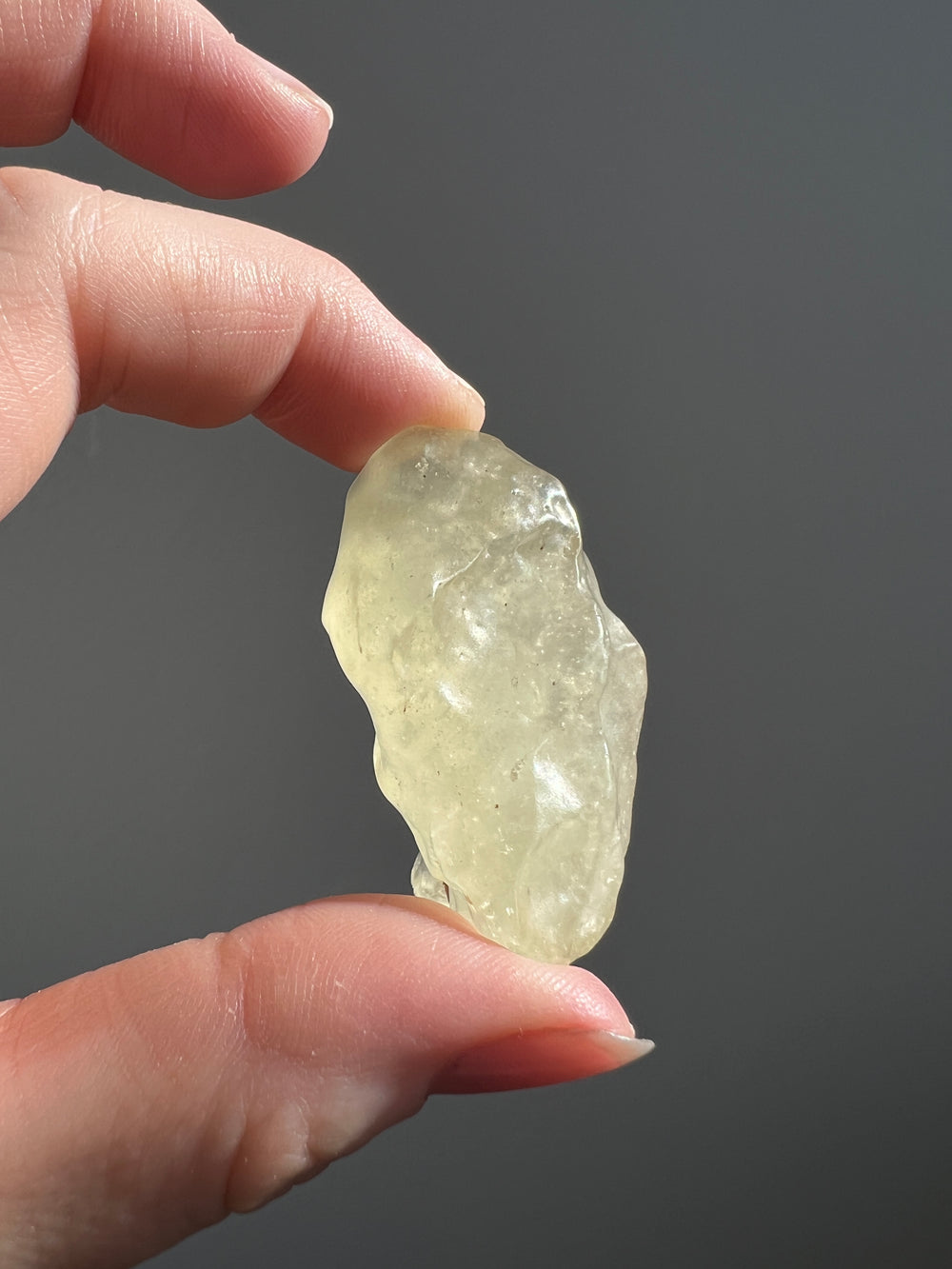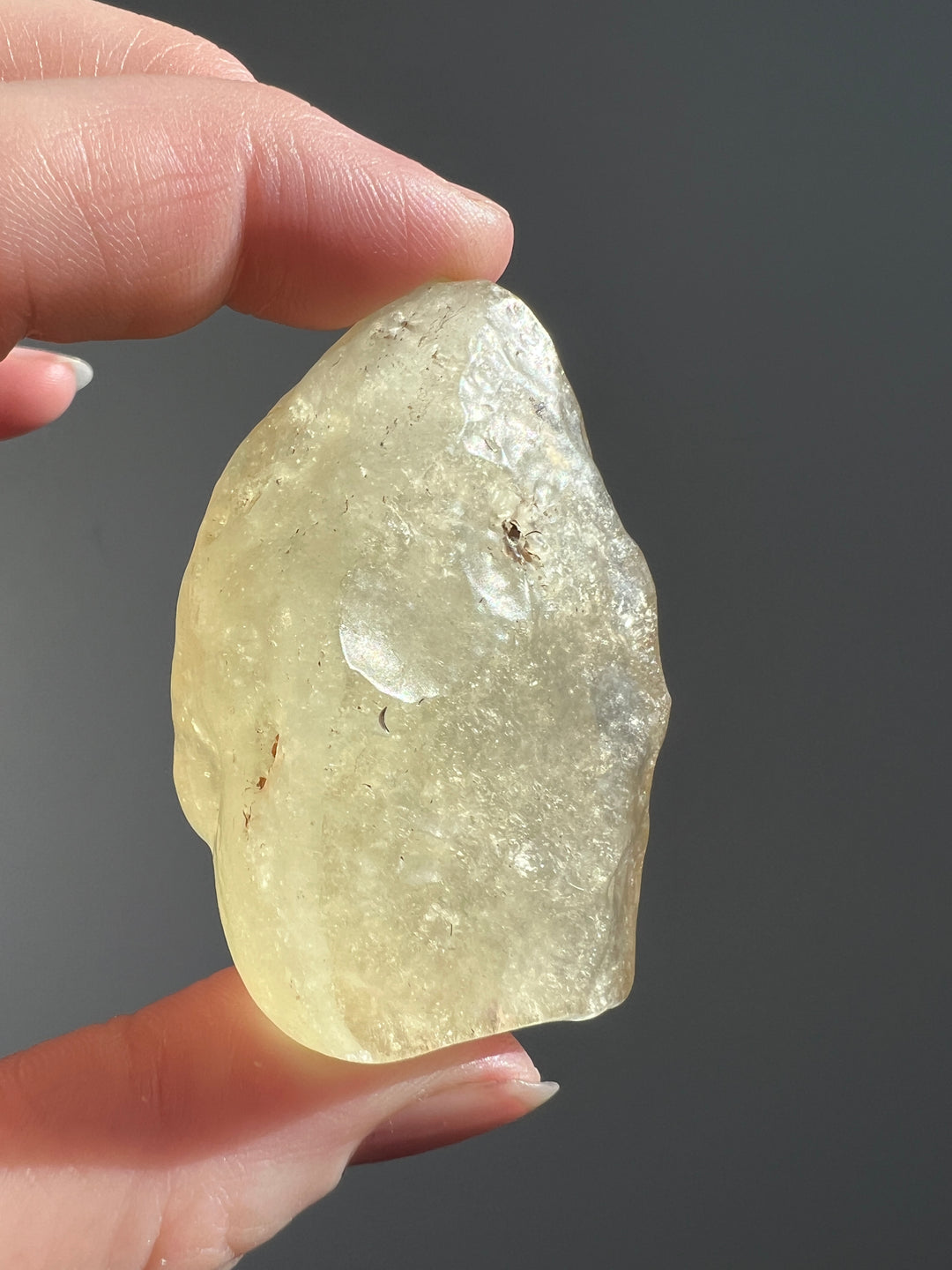History, Location & Origin | Libyan Desert Glass
Libyan Desert Glass, also known as Great Sand Sea Glass, is a natural glass formed from a meteoritic impact and found in areas of the Eastern Sahara, in the deserts of eastern Libya and western Egypt. Its origin and the unique conditions of its formation give it a significant place in both geological history and cultural lore.
Historical and Geological Significance:
- Formation: Libyan Desert Glass is believed to have formed about 26 million years ago from a meteorite impact. The intense heat from the impact melted the sand, turning it into glass.
- Discovery: This natural glass has been known to people in the region for thousands of years. It was used in tools and as a gemstone.
Cultural and Historical Context:
- Ancient Use: Perhaps the most famous historical use of Libyan Desert Glass is its incorporation into a jewel belonging to the Pharaoh Tutankhamun. One of the pharaoh's pectorals features a carved piece of Libyan Desert Glass, signifying its value in ancient Egyptian culture.
- Myth and Lore: In some local cultures, Libyan Desert Glass was considered to have mystical properties or to be a gemstone sent from the gods.
Geographical Location:
- Specific Deposits: The glass is found in a specific area in the Sahara Desert, primarily between sand dunes, and is distributed over tens of square kilometers.
- Accessibility and Collection: Due to its location in a remote desert area, accessing and collecting Libyan Desert Glass can be challenging.
Contemporary Interest:
- Gemstone and Collectors' Item: In modern times, Libyan Desert Glass is prized by collectors and gem enthusiasts for its unique origin and appearance. It is often cut and polished for use in jewelry.
- Scientific Study: The glass continues to be a subject of scientific interest, particularly in the study of meteoritic impacts and their effects on the Earth.
In summary, Libyan Desert Glass holds a blend of historical, cultural, and scientific significance. Its ancient use by the Egyptians, combined with its unique extraterrestrial origin, makes it a fascinating subject of study and a coveted item for collectors and history enthusiasts alike.





